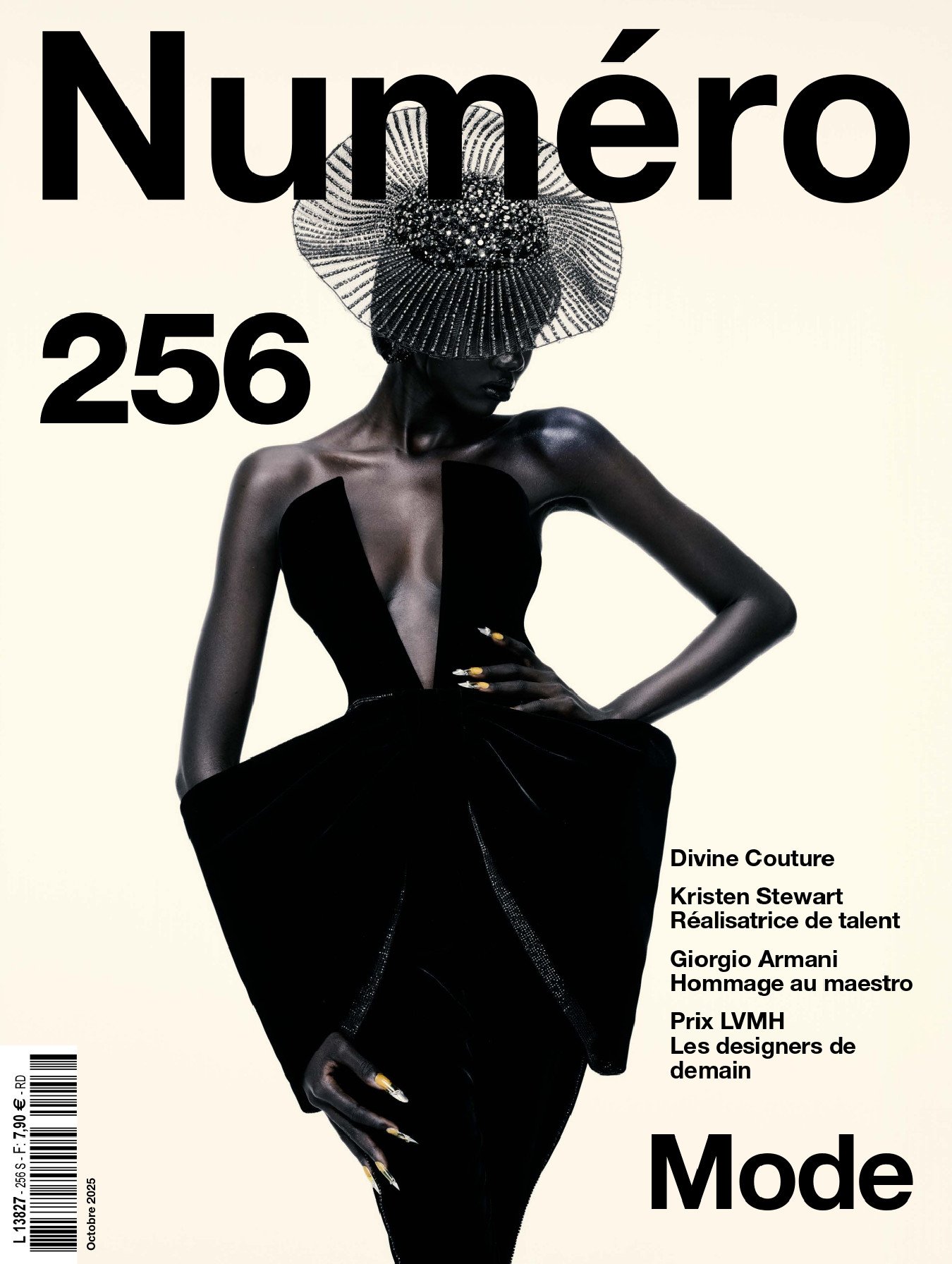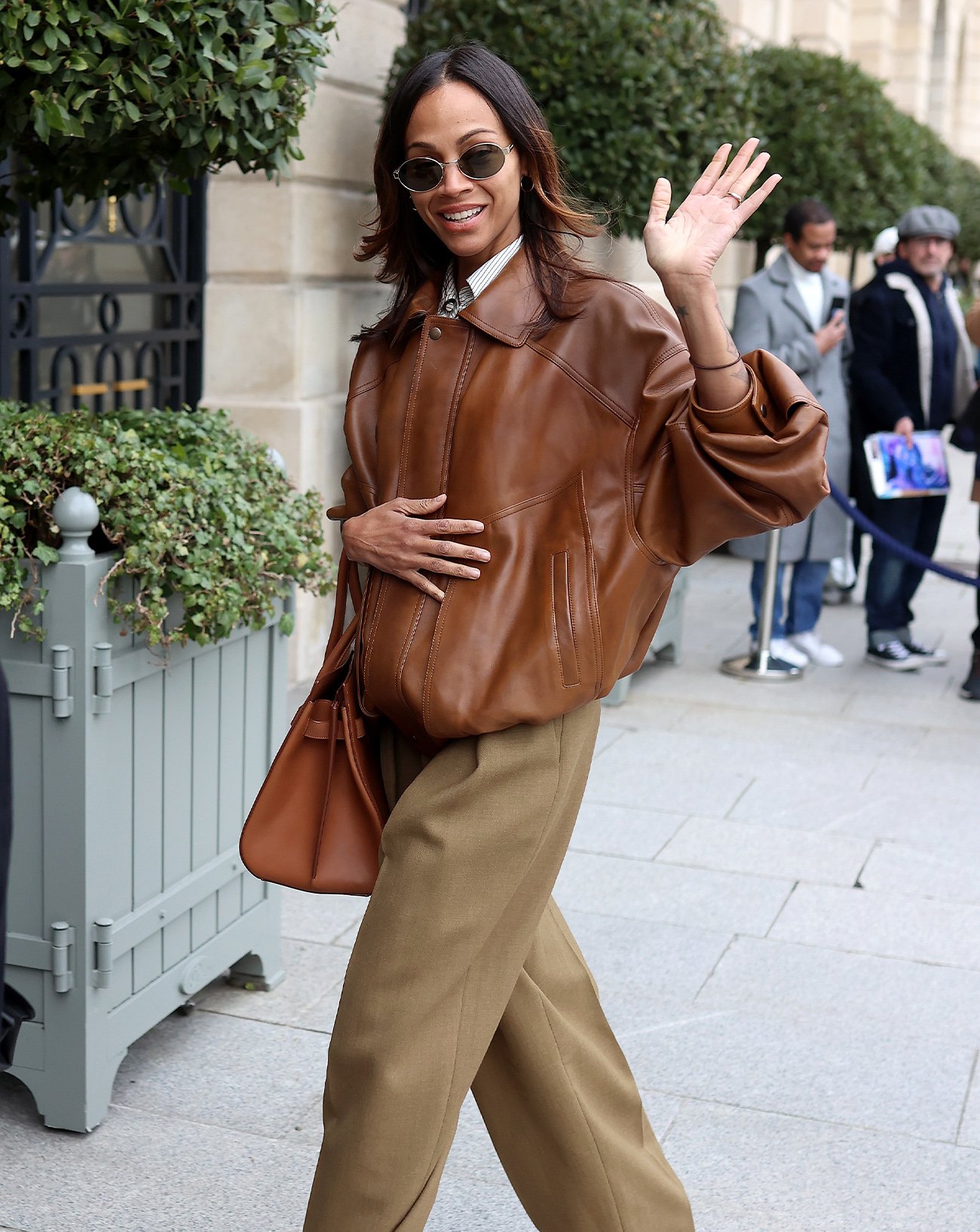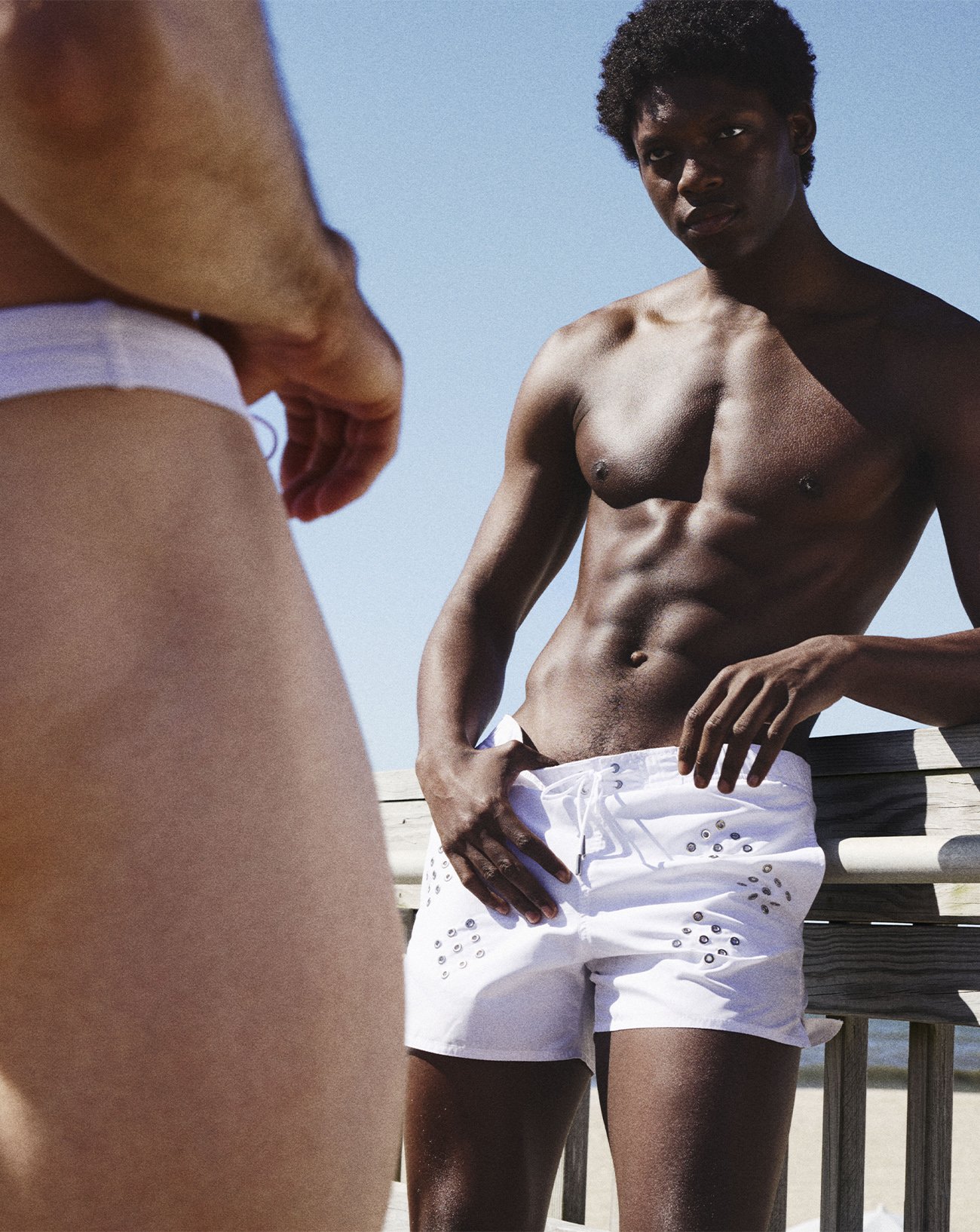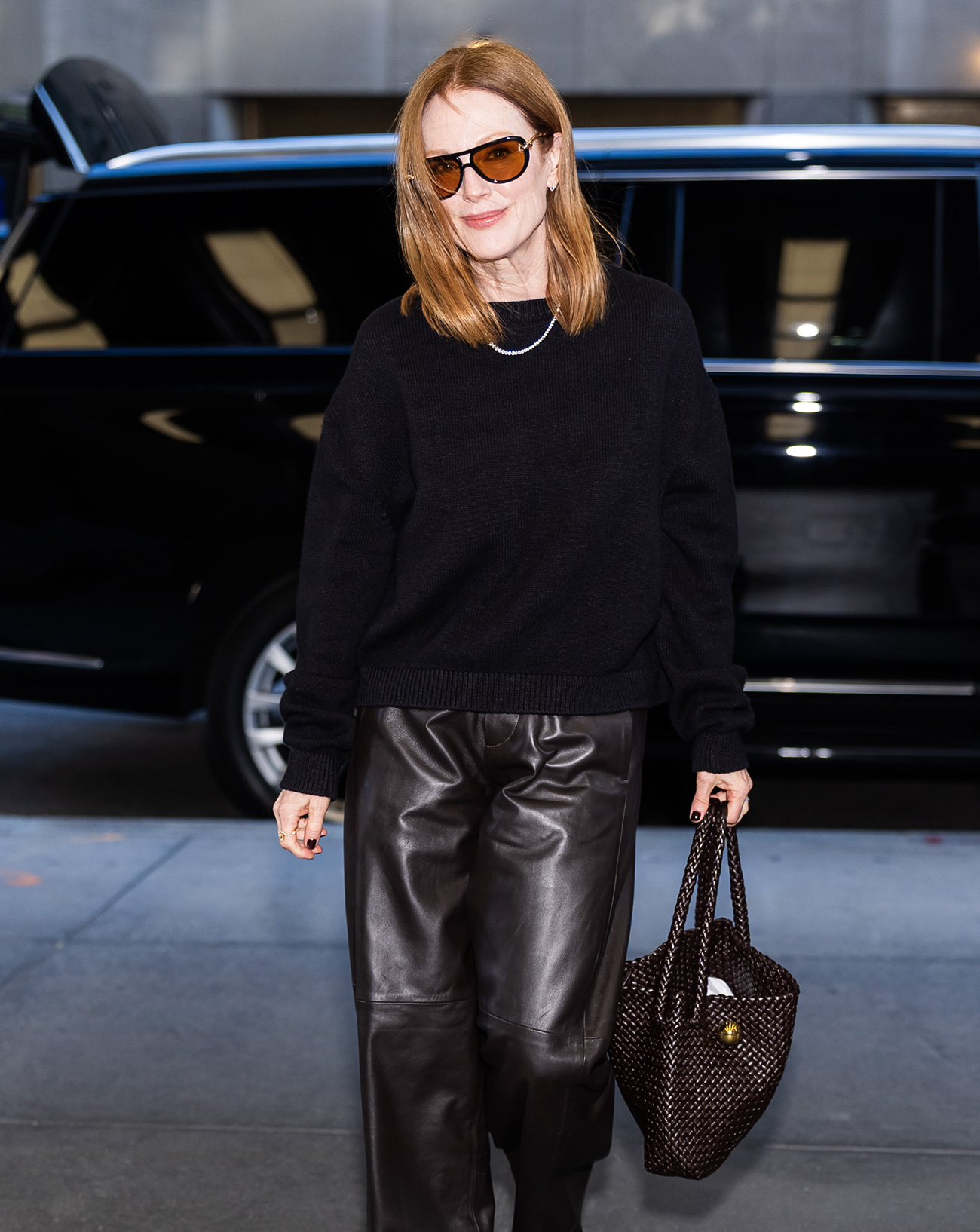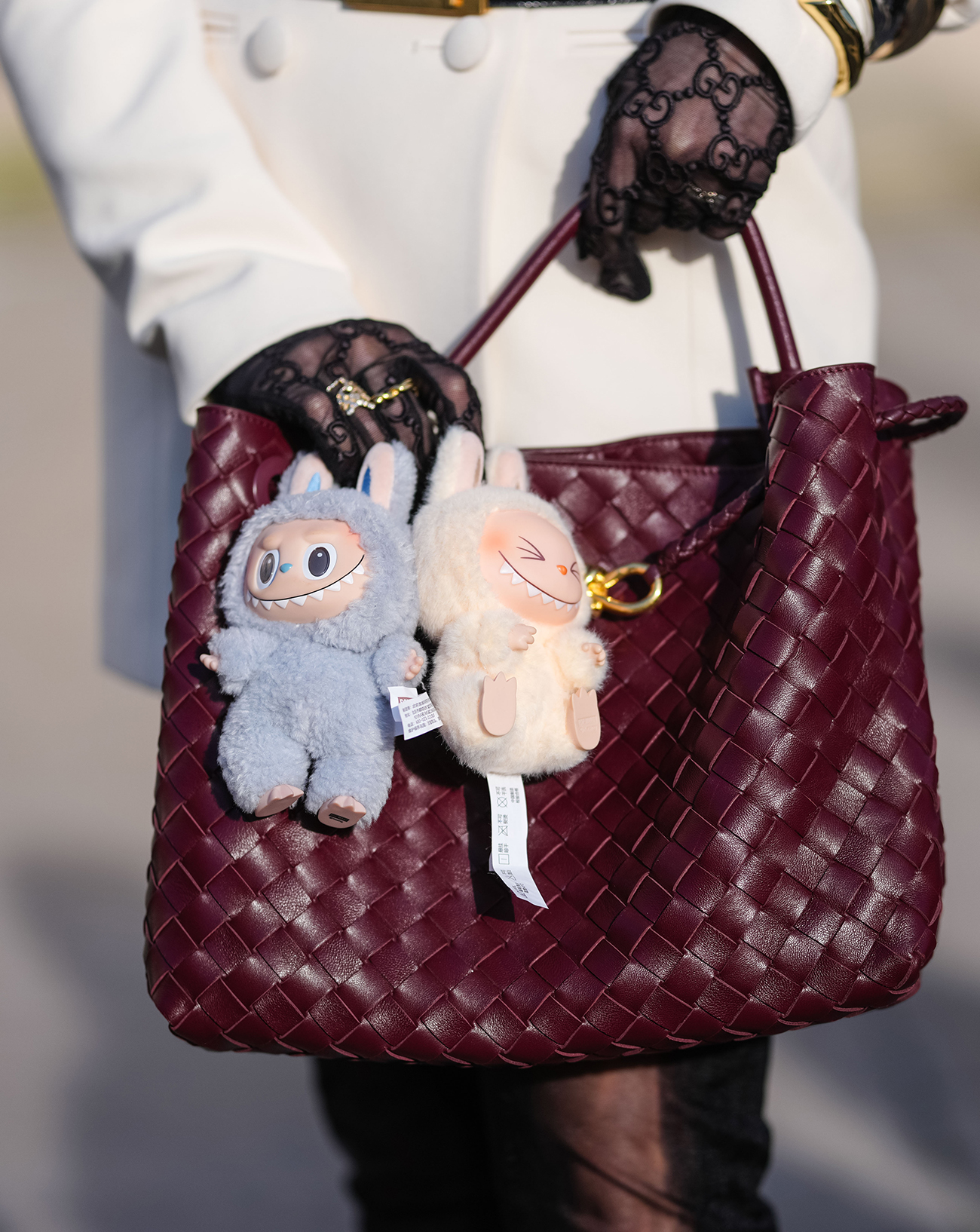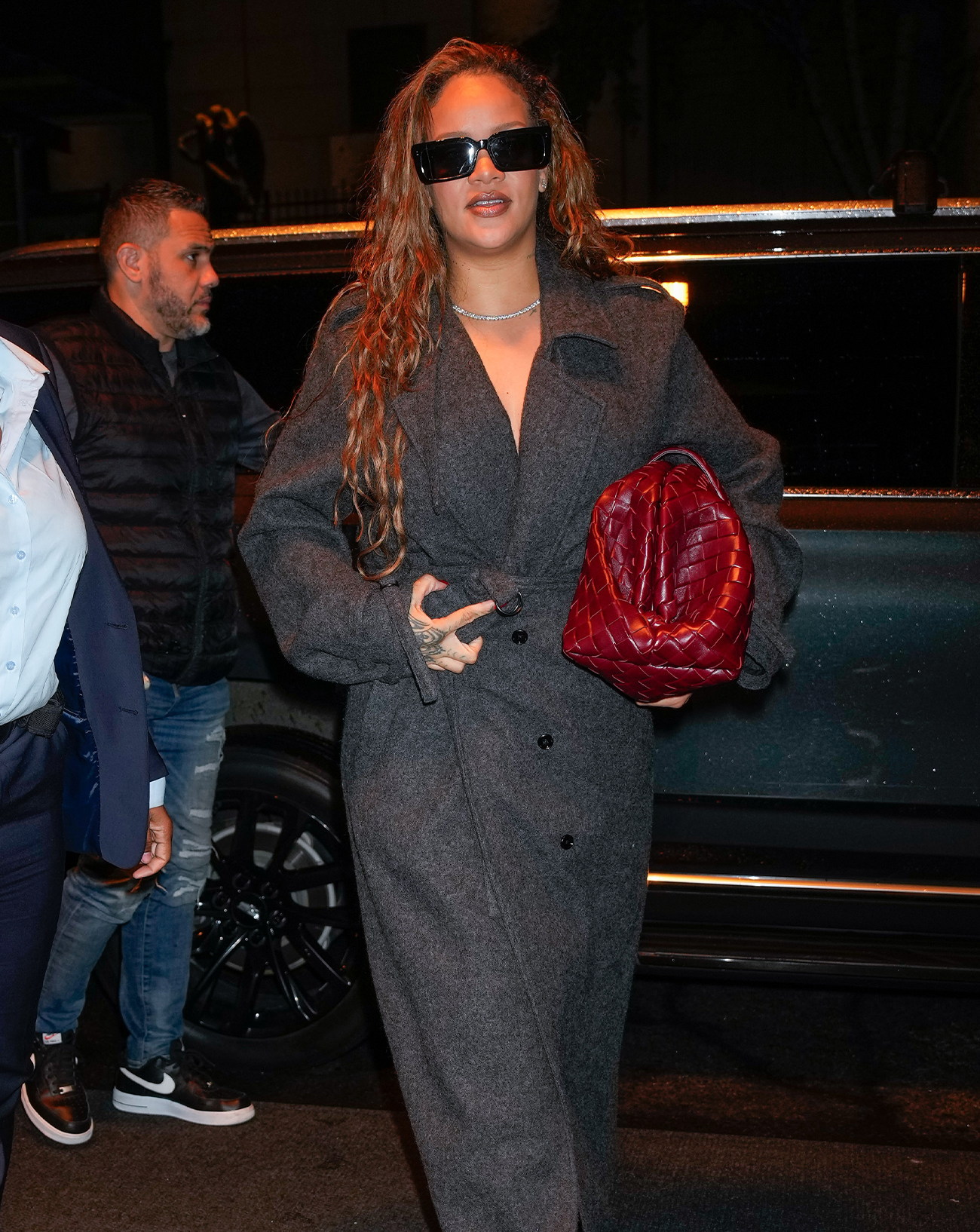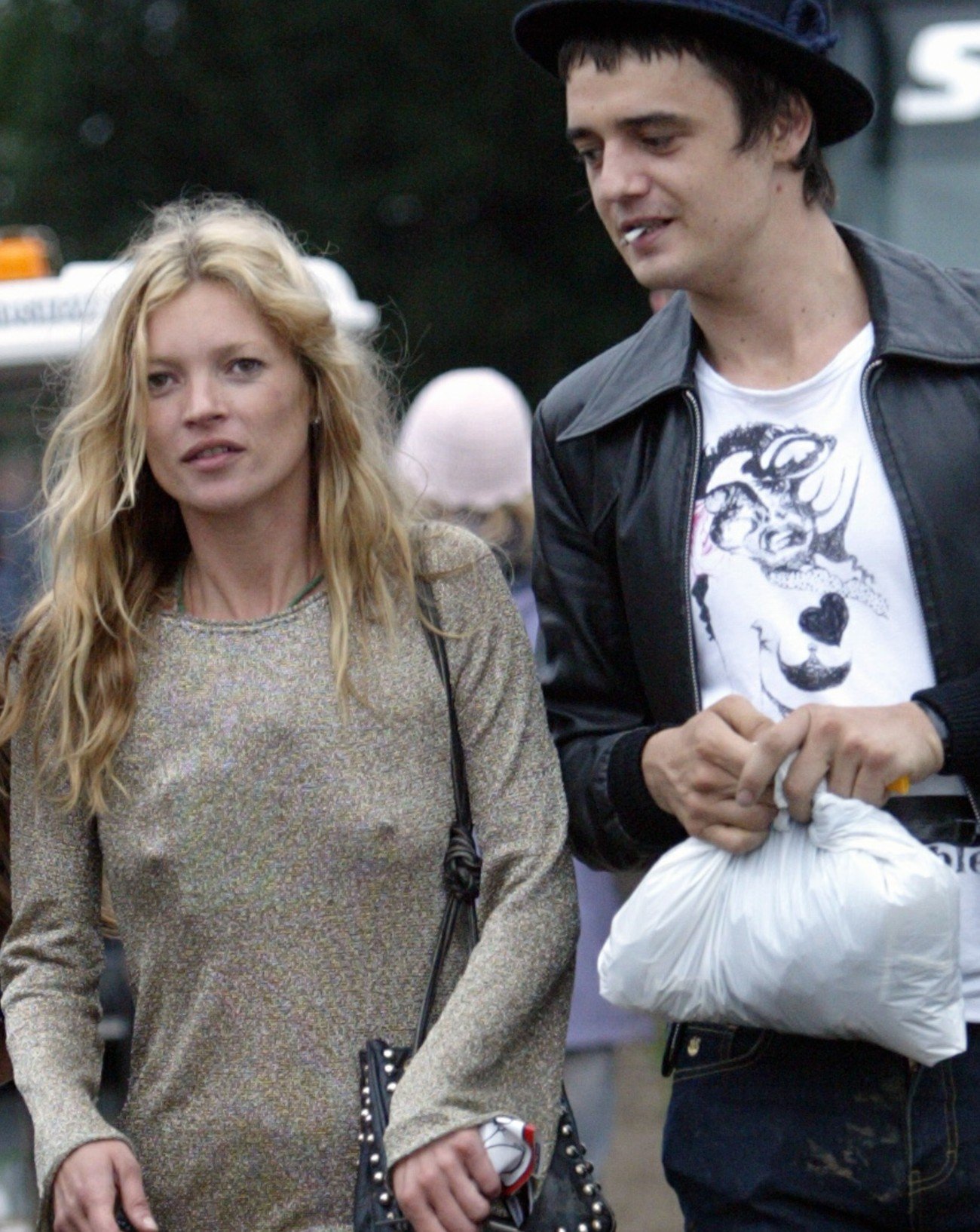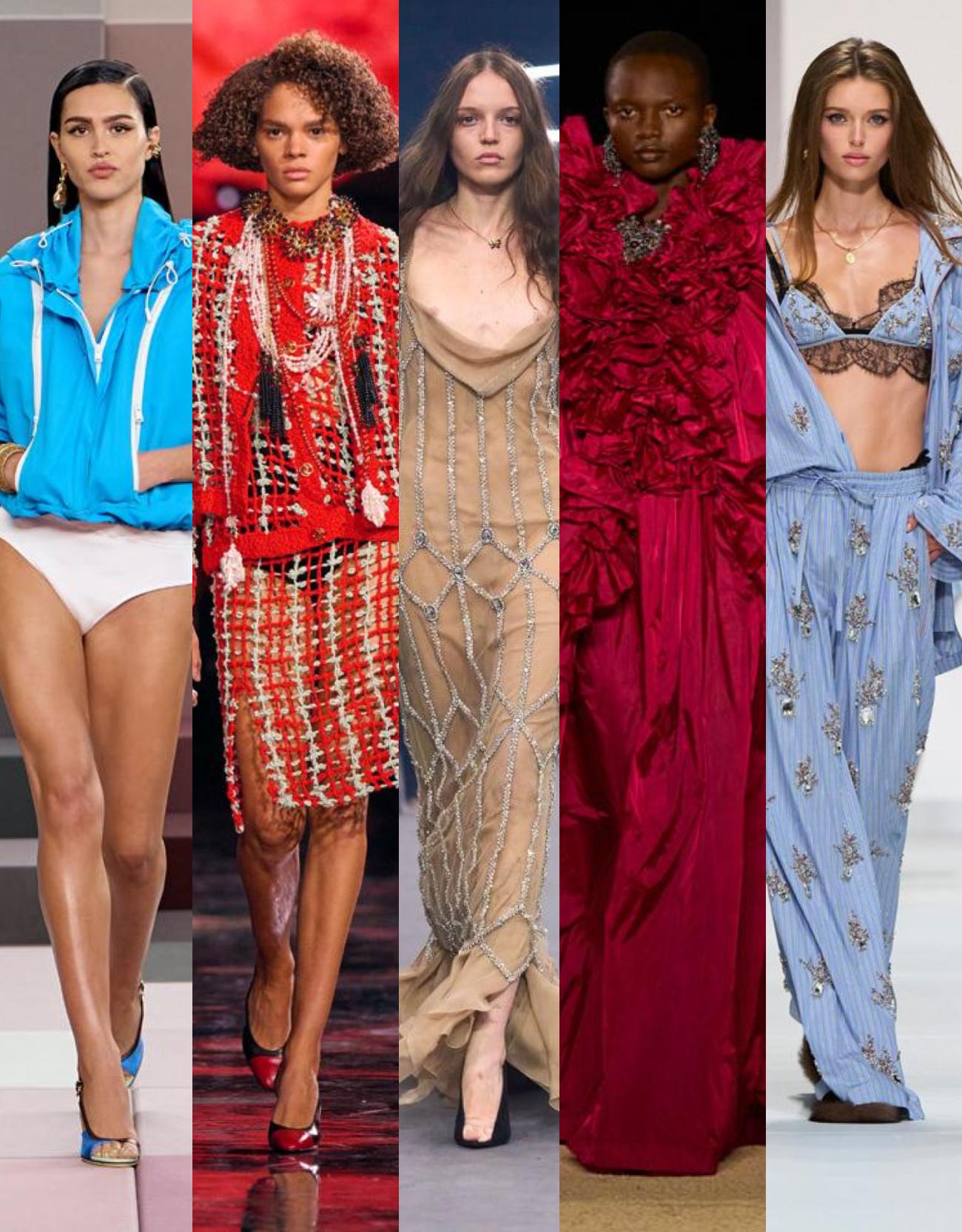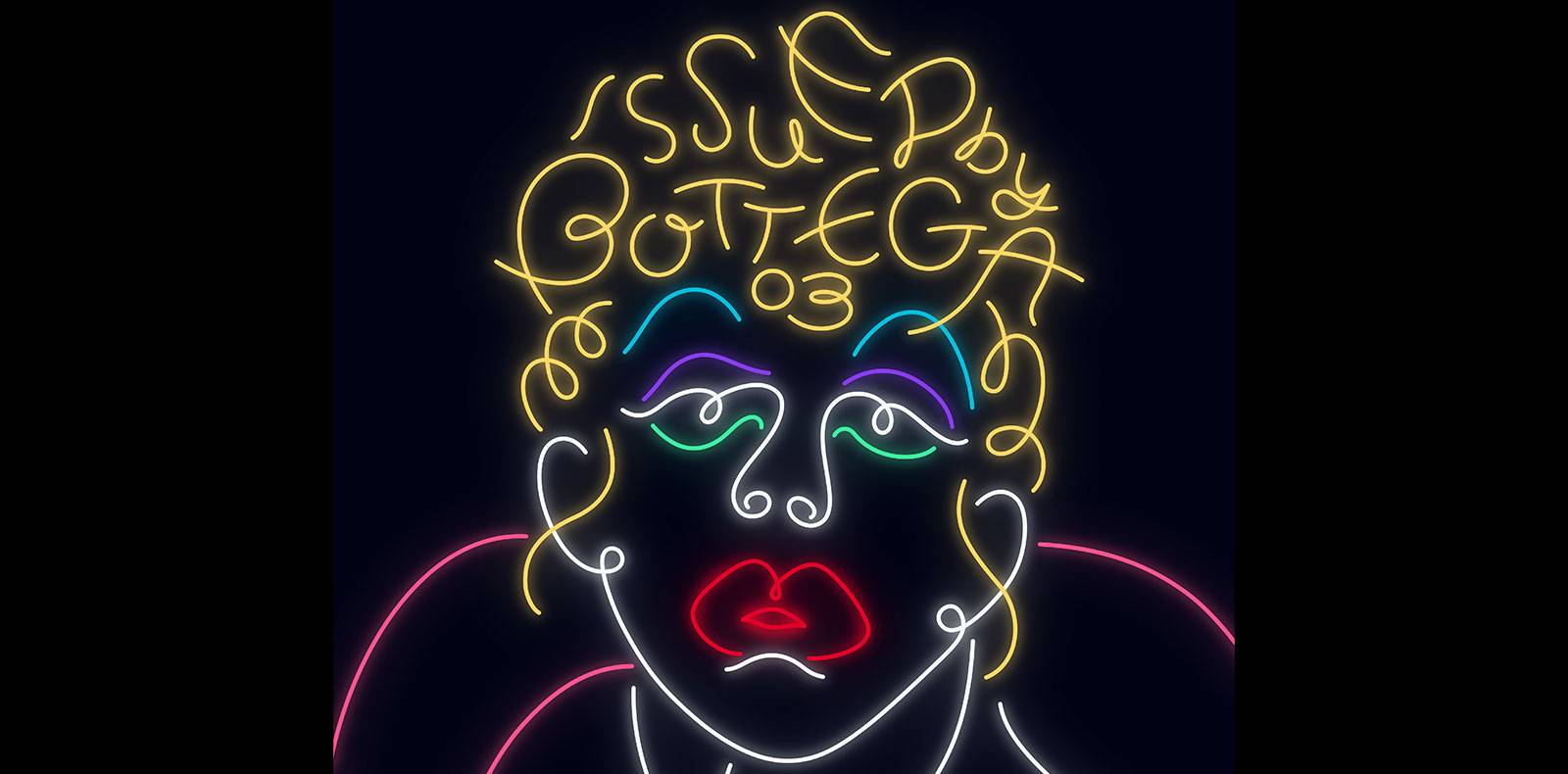
3
Graphic designer Okuyama Taiki talks about his collaboration with Bottega Veneta
For the third edition of its digital magazine Issue, the Italian house invites the Japanese graphic designer to create the cover. On this occasion, Numéro interviewed the young artist who looks back on his career and his inspirations.
At the beginning of the year, Bottega Veneta dared to do the unthinkable: to promoteits Instagram, Facebook and Twitter accounts, even though they had millions of followers. A bold – as much as surprising – decision that proves that a fashion and luxury house can very well retain its aura and attractiveness, without a digital presence, which some will sometimes consider restrictive. A few months later, the Italian house launched its own space for expression, in the form of a digital magazine called Issue, whose four annual launches echo the arrival of the collections in stores. For Issue 3, which accompanies Salon 02 collection for the Fall-Winter 2021-2022 season, Daniel Lee, artistic director since 2018, invited graphic designer Okuyama Taiki from Okayama, Japan and currently based in Tokyo, to create the cover. On this occasion, the thirty-year-old artist answers Numéro questions and looks back on his surprising career, his inspirations and the origin of his playful and colorful universe.
NUMBER: What is your background and how did you become a graphic designer?
OKUYAMA TAIKI: A big fan of graphic arts in pop culture, such as CD covers, graffiti, comic book bindings, and theater posters, I chose to study at an art school in Japan. It was during this time that I became interested in book and magazine publishing. Together with other students, we even launched our own free magazine. After graduating, I worked in Tokyo in a bookstore dedicated to free magazines. From there, I became passionate about free culture such as open source, and my interest extended to digital media.
Could you name some of the artists who have inspired you and why you liked their work?
As a teenager, I was influenced by Japanese cartoonists and photo book authors. Kazuo Umezu’s aesthetic sense and Shinta Cho’s more absurd one particularly marked me. I also admired graphic designers such as Kiyoshi Awazu and Tadanori Yokoo, who had their own style and a unique signature. Finally, Masaaki Yuasa’s animated films captivated me and I think I watched them all.
Alongside graphic arts and animation, have other creative fields influenced you?
I was also greatly influenced by the visual arts, music and theatre that I experienced as a student. I was immersed in the underground scene of the Kansai region, especially with the bands Afrirampo and Osiri Penpens or the Kodomo Kyojin theater troupe, with whom I later collaborated. I was fascinated by their stage performances, which seemed to break down walls, cross territories and embrace all cultures. Whether in clubs, galleries or theatres, on stage, you could see a mix of cultures that took place in a hushed and intimate atmosphere, which probably brought something new to that moment. This stimulation pushed me to create.
What was the main inspiration for this Issue 3 digital magazine project with Bottega Veneta?
I was inspired by Bottega Veneta’s new identity, mainly the products, colors and textures of the 2021FW Collection “Salon 02 Berlin”. Whenever I get a photo of a product that looks like a work of art, it inspires me to create. The original source of this cover is a neon sign from an old pachinko parlor (a machine that crosses pinball and slot machine) that I used to look at from the car window when I was a kid. The place was very garish and vulgar, but that was the only glimpse I had of the city while I was in the country.
As can be seen in your work for Issue 3, your creative universe is very joyful and colorful, what do you want to express through it?
I think it’s the abundance of colorful and moving works that you see especially in Tokyo’s nightlife. Our playgrounds were alternative spaces, clubs, theaters, restaurants, karaoke clubs, friends’ houses, rooms at home, and sometimes even the internet. I want to express the energy of these nights and the creativity that comes from it.
What techniques do you use to translate this energy into your works and how did you come to use them?
A typical example is looping, which has its origins in the repetitive rhythms of dance music. It is a very simple movement that repeats without any effect. This is surely an effect I found when looking for a primitive expression in digital media, which becomes richer and richer with a sophisticated rendering as technology evolves. To be more precise, in my work, it consists of a combination of several consecutive graphics, like several rhythms that create a song. From this repetition emerges both eternity and ephemerality. Of course, these loops are also connected to the neon works.
In January, Bottega Veneta closed its Instagram, Facebook and Twitter accounts and raised many questions about the importance of social media in our contemporary world. What do you think of this surprising strategic choice?
In my work, I am convinced that certain possibilities can only be created by being independent. On a different scale from the collective in which I evolve, I feel this reflection in Daniel Lee’s vision for Bottega Veneta. I appreciate that the house has left the main social networks, to create its own space for expression. I think it’s very important for luxury brands to meet little-known designers like me and include them in their universe. I am very grateful for this collaboration.
Despite the influence that the underground has on your work, your thinking is linked to pop culture. In your opinion, what is its relationship with fashion and luxury today?
I think that’s exactly where fashion comes into play and causes new developments in pop culture. I would like luxury brands to always be at the forefront and that’s the kind of relationship I want to have in my work. Today, I have the impression that there is a homogenization of pop culture, probably because of the speed induced by digital. Trends become vectors of imitation, as we sometimes see with luxury that exploits the street.
